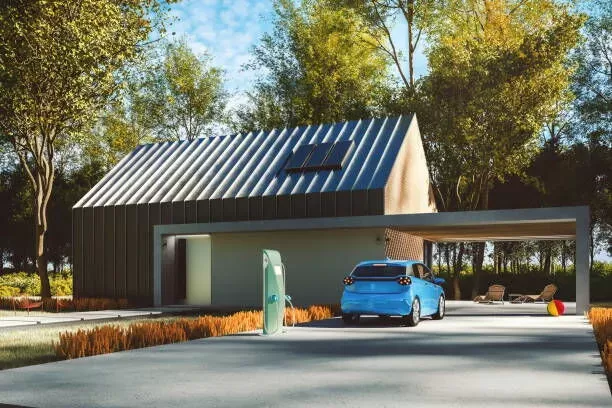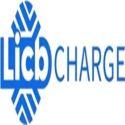Notifications

6 minutes, 23 seconds
-25 Views 0 Comments 0 Likes 0 Reviews

As electric vehicles (EVs) continue to gain popularity, choosing the right home charging solution becomes increasingly important for owners. Whether you're just starting to explore China EV Charger ownership or already have one, understanding your home charging options can make a significant difference in convenience, cost, and efficiency.
1. Level 1 Charging (120V Outlet):
Level 1 charging is the simplest option, using a standard 120V outlet—just like the ones used for household appliances like lamps or coffee makers. Most EVs come with a Level 1 charging cable, which plugs directly into this type of outlet.
Speed: Charges about 3 to 5 miles of range per hour.
Full Charge Time: It may take 20 to 40 hours to fully charge an EV, depending on the battery size.
Best For: Drivers with short commutes who can leave the vehicle plugged in overnight and those who don’t want to invest in additional infrastructure right away.
While it's simple and cost-free (no need for additional equipment), Level 1 charging is slow and can place a strain on your home’s electrical system if used frequently, potentially causing issues like circuit overloads or overheating.
2. Level 2 Charging (240V Outlet):
Level 2 charging is the ideal solution for faster, more practical home charging. It requires a 240V outlet and a compatible charger that’s typically installed by a licensed electrician.
Speed: Provides 20 to 30 miles of range per hour of charging, significantly reducing full charging times to about 6–10 hours.
Installation: Typically requires professional installation and, in some cases, electrical upgrades if your home doesn’t already have a 240V circuit.
Best For: Most EV owners, especially those with larger batteries or daily commutes longer than 40 miles, who need quicker charging times.
Level 2 chargers offer the convenience of faster charging and are compatible with many smart charging apps, plus they increase your home’s resale value.
Level 1 Charging Advantages:
Simple setup, no additional costs.
Suitable for short daily driving distances.
Ideal for renters or those without the ability to install new infrastructure.
Limitations of Level 1 Charging:
Slow charging rate, which could be insufficient for daily driving needs as battery sizes increase.
Potential risks to the home’s electrical system, including tripped breakers or overheating of outlets if used regularly.
Level 2 Charging Advantages:
Much faster than Level 1, providing up to 5-8 times faster charging.
Greater convenience, especially for larger batteries.
Future-proofing your charging needs, considering EV battery sizes are expected to grow.
Increased home value as more buyers seek EV-friendly homes.
Level 2 Charging Costs:
Charger Unit: $300–$800.
Installation: $500–$2,000, depending on the complexity of electrical upgrades and distance from the panel.
While the initial investment might be higher, Level 2 charging pays off in long-term convenience and time savings. Some rebates or incentives may help reduce the upfront cost.
The most common outlet for Level 2 charging is the NEMA 14-50, which is a 240V, 50-amp receptacle typically used for electric stoves or RVs. This outlet offers compatibility with top EV chargers and supports up to 40-50 amps of current, providing fast and reliable charging.
If you can’t install a Level 2 charger in your apartment or rental, there are still options:
Request a dedicated outlet from your landlord.
Use public Level 2 or DC fast chargers available nearby.
Portable Level 2 chargers that plug into existing 240V outlets (like those in laundry rooms or garages) might be a viable solution.
When selecting your home charging setup, think beyond immediate needs and plan for future EV models with larger batteries and growing charging demands. While Level 1 charging can serve as a temporary solution, upgrading to Level 2 offers faster charging times, greater convenience, and long-term savings.
If you’re ready for a Level 2 charger, it’s essential to consult with a licensed electrician to ensure safe and code-compliant installation. With the right charging infrastructure, your EV will be ready to go whenever you are, keeping your daily driving stress-free.
Level 1: Affordable and accessible, but slow and less reliable for long-term use.
Level 2: Faster, more efficient, and better suited for most EV owners.
Safety: Always ensure proper installation, especially with Level 2 chargers, to avoid electrical risks.
Consideration: Level 2 installation can be an investment that pays off in convenience, especially for larger or multiple EVs.
No matter which option you choose, your home charging setup should align with your driving habits and home’s electrical capabilities.Know more about Google SEO Directory

